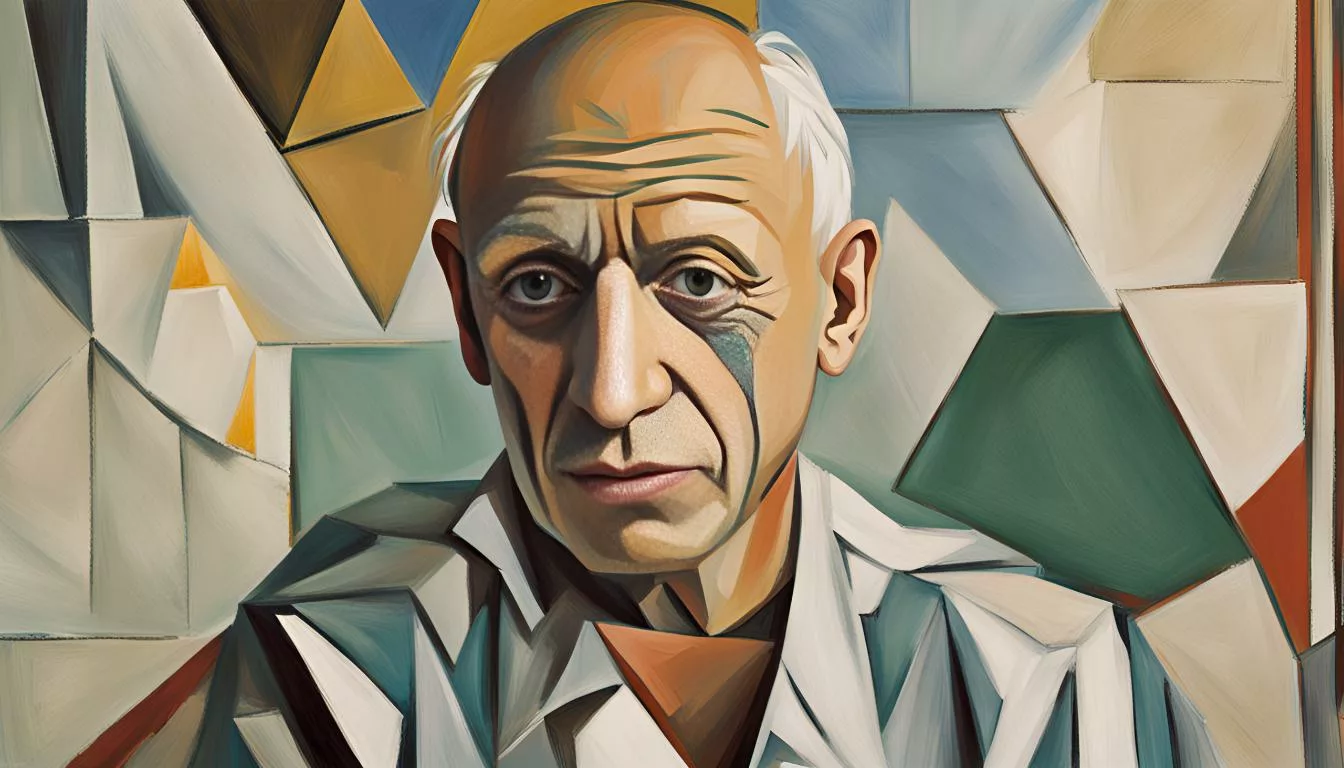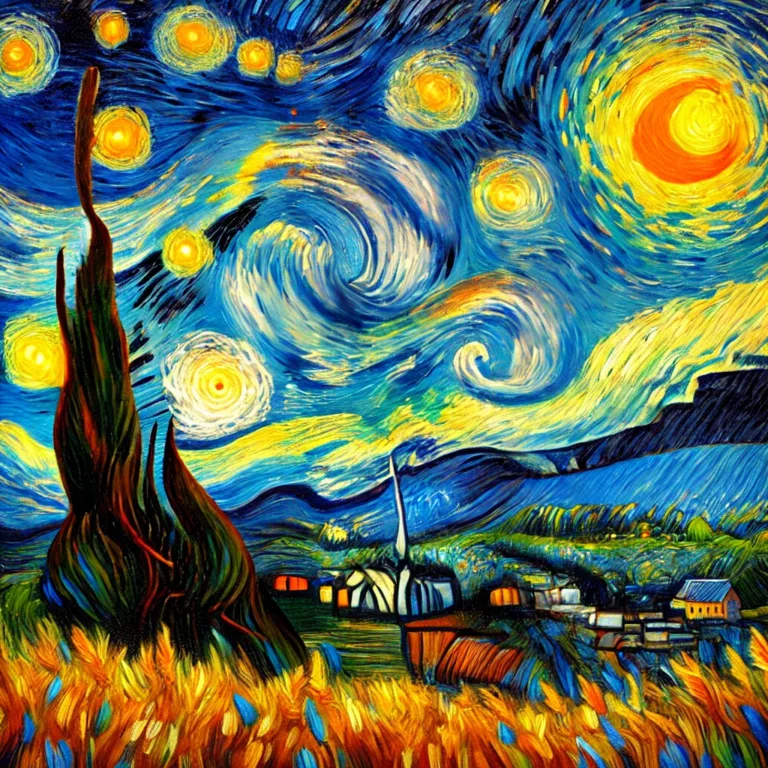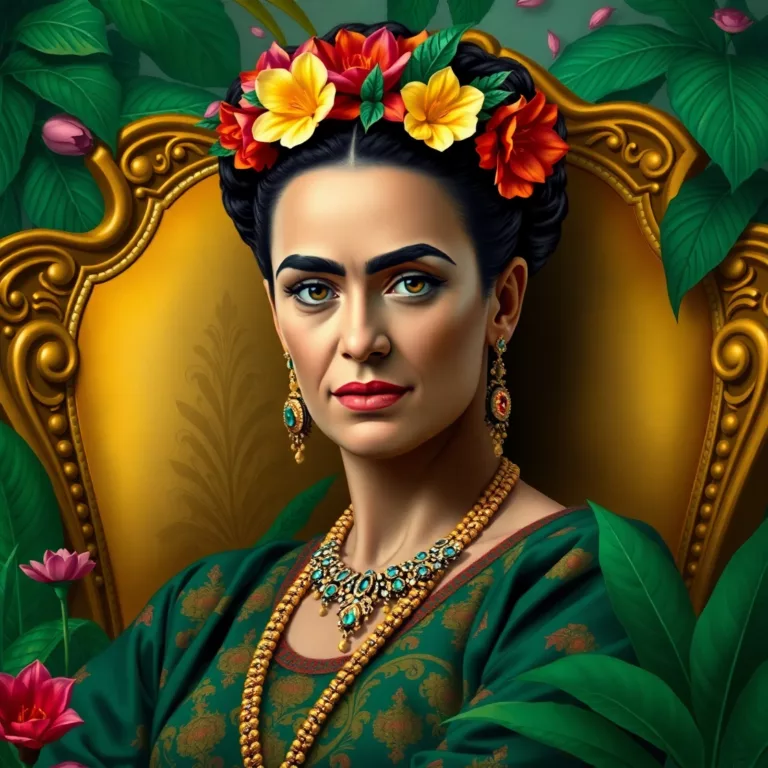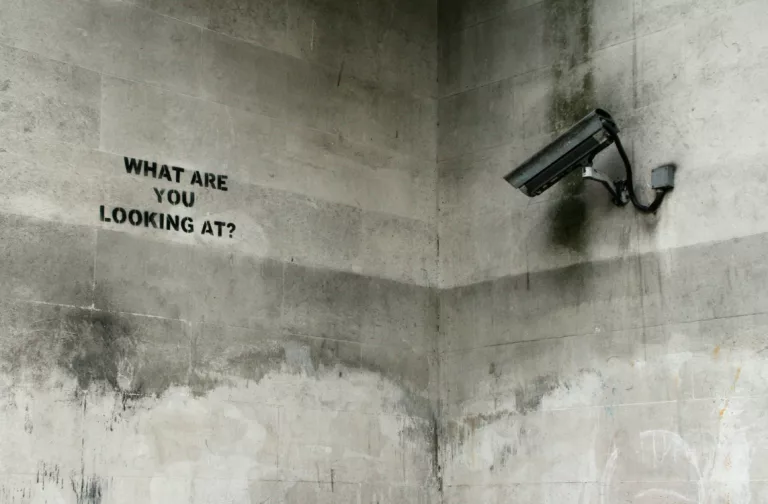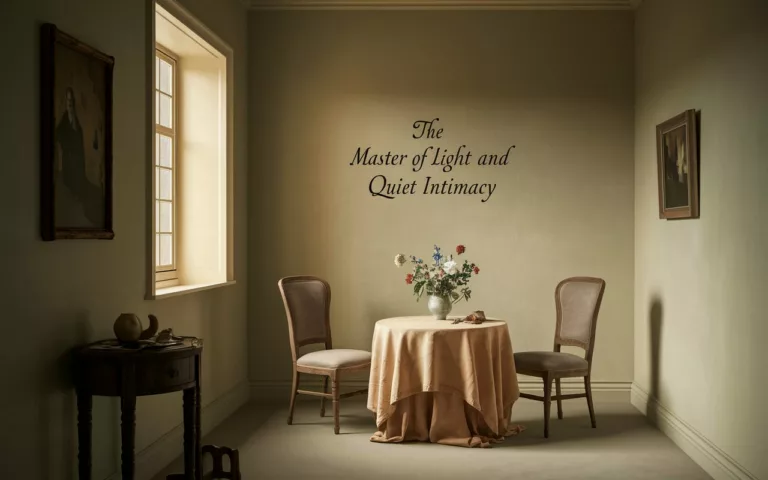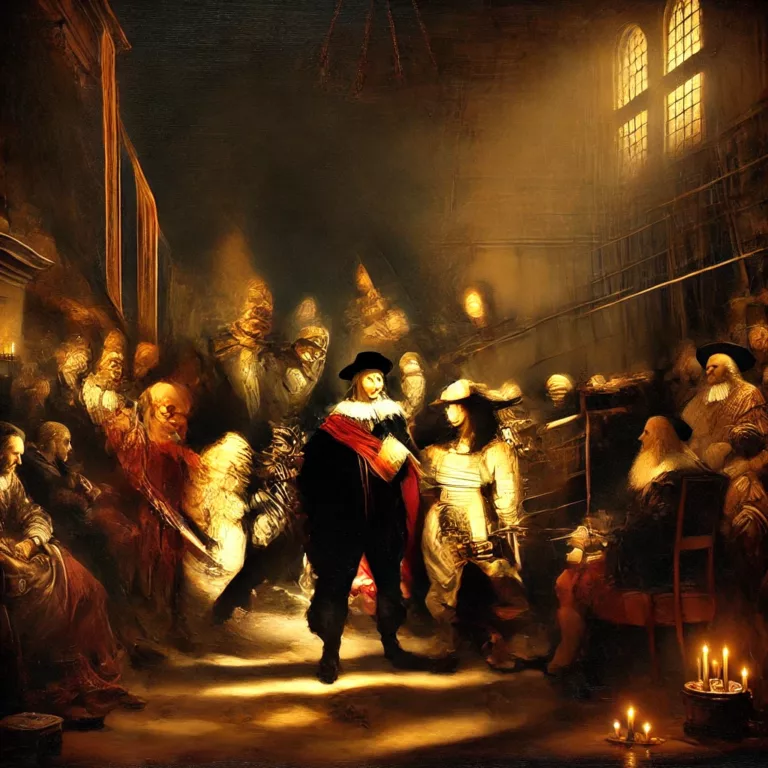The Man Behind the Legend
Pablo Picasso (1881–1973) is often regarded as the most influential artist of the 20th century. Known for co-founding Cubism, pioneering collage, and revolutionizing modern art, Picasso’s career spanned over seven decades. He produced an estimated 50,000 artworks, including paintings, sculptures, ceramics, drawings, and prints.
Yet, beyond his artistic genius, Picasso led a life filled with mystery, contradictions, and controversy. He was a child prodigy, a political activist, a lover of women, and a relentless innovator who never stopped reinventing himself. His story is not just about art—it’s about a man who lived without limits.
Early Life: A Child Prodigy with an Unusual Start
Born on October 25, 1881, in Málaga, Spain, Picasso was given an absurdly long name:
Pablo Diego José Francisco de Paula Juan Nepomuceno Crispín Crispiniano María Remedios de la Santísima Trinidad Ruiz Picasso.
His name honored saints, relatives, and historical figures, but ironically, the name “Picasso” (his mother’s surname) became the one the world would remember.
From an early age, Picasso showed signs of exceptional artistic ability. His father, José Ruiz Blasco, was a painter and art professor, who immediately recognized his son’s gift. In fact, when young Picasso completed his first proper painting, “Le Picador”, at the age of nine, his father reportedly put away his own brushes, believing his son had already surpassed him.
By age 13, Picasso had surpassed students at the prestigious La Llotja School of Fine Arts in Barcelona, where his father worked. His teachers were stunned by his ability to draw perfect anatomical sketches in minutes—a skill that usually took years to master.
The Blue and Rose Periods: Art Born from Pain and Passion
Despite his early success, Picasso’s life was marked by deep emotional struggles.
In 1901, after the suicide of his close friend Carlos Casagemas, Picasso fell into a depression. His paintings during this time became dominated by shades of blue and themes of sadness, giving birth to what is now called the Blue Period (1901–1904). Works like “The Old Guitarist” (1903) captured the loneliness, despair, and poverty he observed in society.
By 1904, Picasso’s life took a turn. He moved to Montmartre, Paris, the heart of the bohemian art scene, where he met Fernande Olivier, his first serious love. Inspired by romance and the circus performers of Paris, his Rose Period (1904–1906) featured warmer colors, soft pinks, and reds. This period was lighter, yet still carried undertones of melancholy.
Cubism: Shattering Reality into Pieces
In 1907, Picasso painted “Les Demoiselles d’Avignon,” a work that would forever change the course of modern art. This painting, inspired by African masks and Iberian sculptures, depicted five nude women with distorted, angular faces. It was shocking, radical, and completely rejected traditional artistic norms.
Together with Georges Braque, Picasso developed Cubism, an art style that broke objects into geometric shapes and represented multiple perspectives at once. Instead of painting what the eye sees, Cubism painted what the mind perceives.
Interesting Fact: Picasso and Braque worked so closely during the birth of Cubism that people jokingly referred to them as “mountaineers roped together.”
Cubism evolved through different phases:
- Analytical Cubism (1909–1912): Highly abstract, monochrome paintings that fragmented objects beyond recognition.
- Synthetic Cubism (1912–1919): Introduced collage, bold colors, and recognizable shapes.
This movement influenced generations of artists, leading to the rise of abstract art, Surrealism, and even modern architecture.
Picasso’s Wild Love Life: Women as Muses and Victims
Picasso’s love life was as legendary as his art. He had multiple lovers and wives, often overlapping relationships and leaving behind a trail of heartbreak and controversy.
- Fernande Olivier (1904–1912): His first serious partner, Fernande endured Picasso’s controlling nature but helped shape his early career.
- Eva Gouel (1912–1915): Picasso called her “Ma Jolie” (My Pretty), but she tragically died young from tuberculosis.
- Olga Khokhlova (1917–1935): A Russian ballet dancer whom he married. Their relationship soured when Picasso’s art turned abstract, and she despised his affairs.
- Marie-Thérèse Walter (1927–1935): Picasso met her when she was just 17 years old, leading to a secret affair. She inspired some of his most sensual works but later died by suicide after his death.
- Dora Maar (1936–1944): A Surrealist photographer and intellectual, Dora documented the making of Guernica. However, Picasso emotionally tormented her.
- Françoise Gilot (1944–1953): The only woman who dared to leave him. She later wrote a book exposing his manipulative nature.
- Jacqueline Roque (1953–1973): His last wife, she devoted herself entirely to him but tragically took her own life after his death.
Picasso once said, “For me, there are only two kinds of women: goddesses and doormats.” His relationships were passionate but often destructive.
Political Activism and “Guernica”
During the Spanish Civil War (1936–1939), Picasso created his most powerful political painting: “Guernica” (1937).
The painting depicts the Nazi bombing of the Spanish town of Guernica, showing twisted bodies, screaming figures, and shattered forms. It became a universal symbol of anti-war protest.
When a Nazi officer asked Picasso, “Did you do this?” pointing at a photo of Guernica, Picasso famously replied: “No, you did.”
Later Life and Death: A Never-Ending Creative Force
Even in his later years, Picasso never stopped creating. He explored ceramics, printmaking, and even painted in the styles of Rembrandt and Velázquez just for fun.
He remained fiercely independent, once saying:
“When I was a child, my mother said to me, ‘If you become a soldier, you will be a general. If you become a monk, you will be the Pope.’ Instead, I became a painter, and I am Picasso.”
Picasso passed away on April 8, 1973, at age 91, leaving behind an unstoppable artistic legacy.
Conclusion: The Everlasting Influence of Picasso
Pablo Picasso was more than just a painter—he was a force of nature. His art shattered conventions, his life was full of passion and excess, and his legacy continues to shape modern art today.
Whether admired or criticized, Picasso remains one of the most important artists in history—a man who saw the world not as it was, but as it could be.
Did you enjoy this? Let me know if you want more details on any section!
Art11deco

